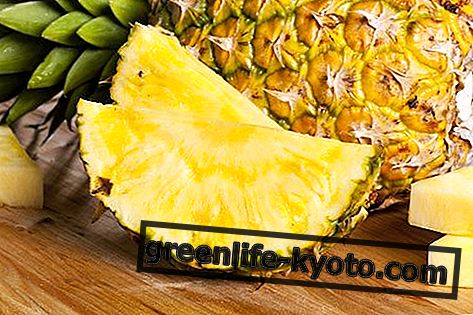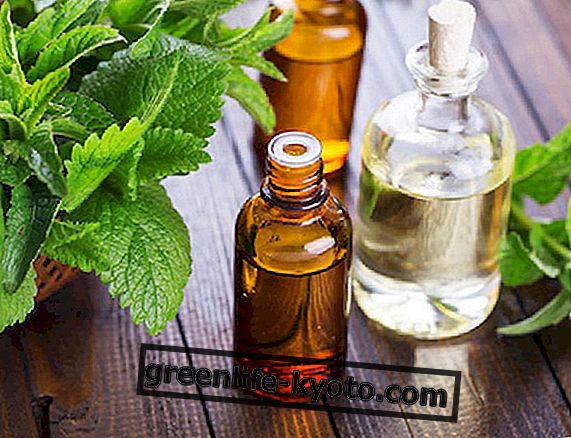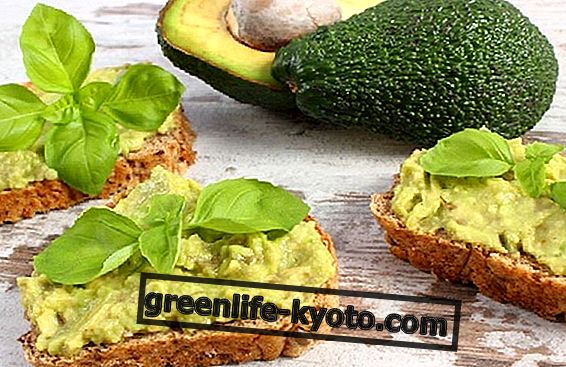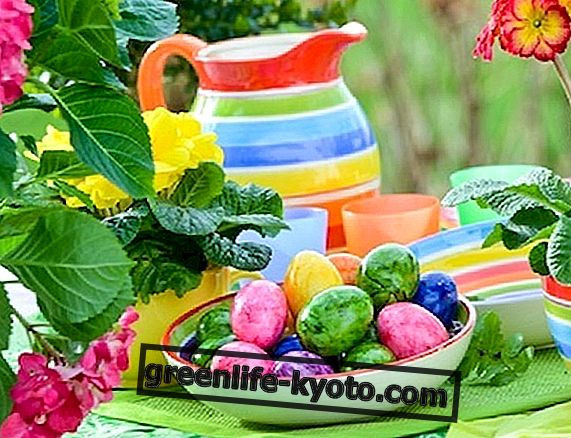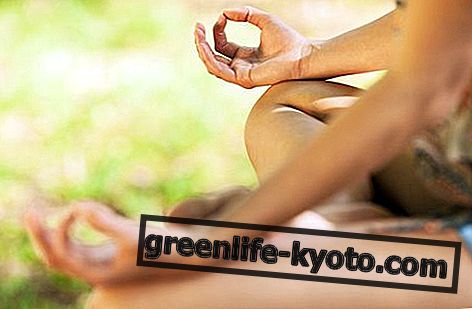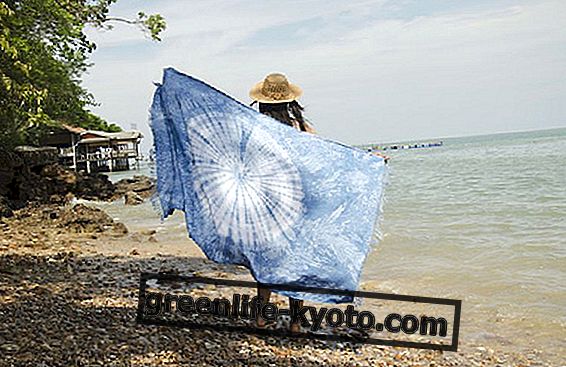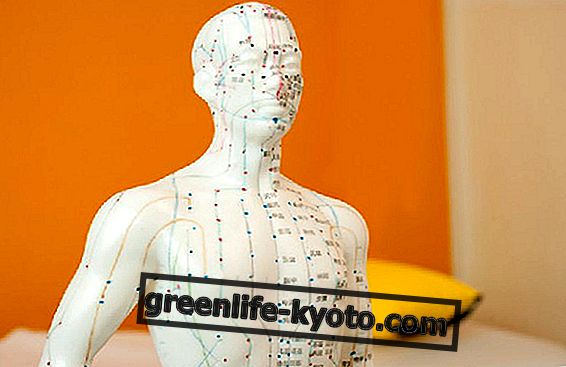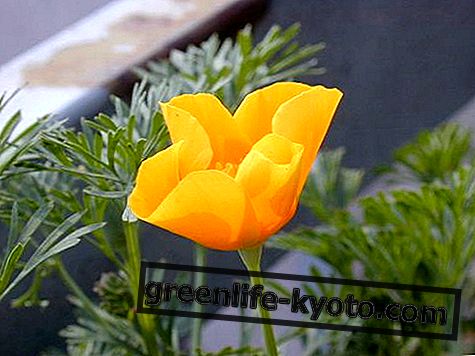
The benefits of clay in cosmetics are well known and ventilated green clay is a natural product that is used for skin problems, joint pains and much more: let's see what the ventilated green clay is for and how it is used to prepare masks for the face.
What is ventilated green clay?
The ventilated green clay is a particularly fine clay that is obtained by micronizing the clay previously dried and reduced to coarse pieces. Ventilated clay can be used both for external use and for internal use .
The ventilated green clay is traditionally used for its properties: absorbent, it seems to be able to neutralize various toxic substances, it has a remineralizing, antioxidant, disinfectant, flammable and healing effect.
The ventilated green clay is used externally to make masks, poultices and poultices, baths, hand and foot baths. For topical use, ventilated green clay is used above all for the treatment of various skin disorders and for joint and muscle or osteo-articular pains.
Ventilated green clay, for example, is widely used in the case of acne, excess sebum, herpes, psoriasis and mycosis, but also to soothe itching and swelling given by hives and insect bites or to soothe irritations, inflammations and burns caused from the sun.
Always externally, clay is often applied to improve muscle pain, arthrosis, back pain and headaches. Gargle and mouth rinses performed with ventilated green clay, are useful in case of gingivitis, cough and sore throat.
The internal use of the clay in the form of tablets is then indicated for gastrointestinal disorders such as gastric reflux, flatulence, meteorism and colic.
How to use ventilated green clay
Ventilated green clay is a very fine powder that is normally mixed with distilled water before use. Adding water to the ventilated green clay produces a more or less dense compound that can be used for poultices, poultices and masks for external use or to prepare tablets to be taken orally.
Another way to take on the ventilated green clay is to disperse a tablespoon of clay in a glass of water, mixing well: the clay is then left to settle on the bottom of the glass for several hours, usually overnight, after which time you drink the water .
The clay-based preparations to be used externally can also be prepared with hydrolates as well as water; water can also be replaced with herbal infusions both for external use and for internal use.
Finally, to the ventilated green clay can also be added essential oils to be chosen based on the properties of the individual essences based on the problem to be treated.
Ventilated green clay, mask
Now let's see how to use ventilated green clay to prepare DIY masks and how to apply ventilated green clay.
Ventilated green clay masks are purifying masks that absorb excess sebum and restore radiance and softness to the skin.
Generally ventilated green clay masks are recommended in case of oily skin that tends to grease, or for people suffering from seborrheic dermatitis or other problems affecting the skin.
To prepare a ventilated green clay facial mask, just add enough water to a spoonful of clay to obtain a homogeneous and fairly thick mixture. As an alternative to water, it is possible to use a hydrolate or an herbal infusion : for example chamomile hydrolate for an anti-inflammatory action or sage infusion for a purifying action.
You can then add a drop of essential oil to the clay-based masks, such as tea tree oil, which is used to fight pimples and mycosis, or that of lavender to soothe itching.
After preparing the mask, it should be applied immediately to the entire face except for the eye area. The mask can be applied with your hands, with a make-up brush or with a small spatula.
After application, the ventilated green clay mask should be left in place for about fifteen minutes and finally rinsed with warm water to remove any residue .
Masks prepared with ventilated green clay can be applied one or more times a week .

